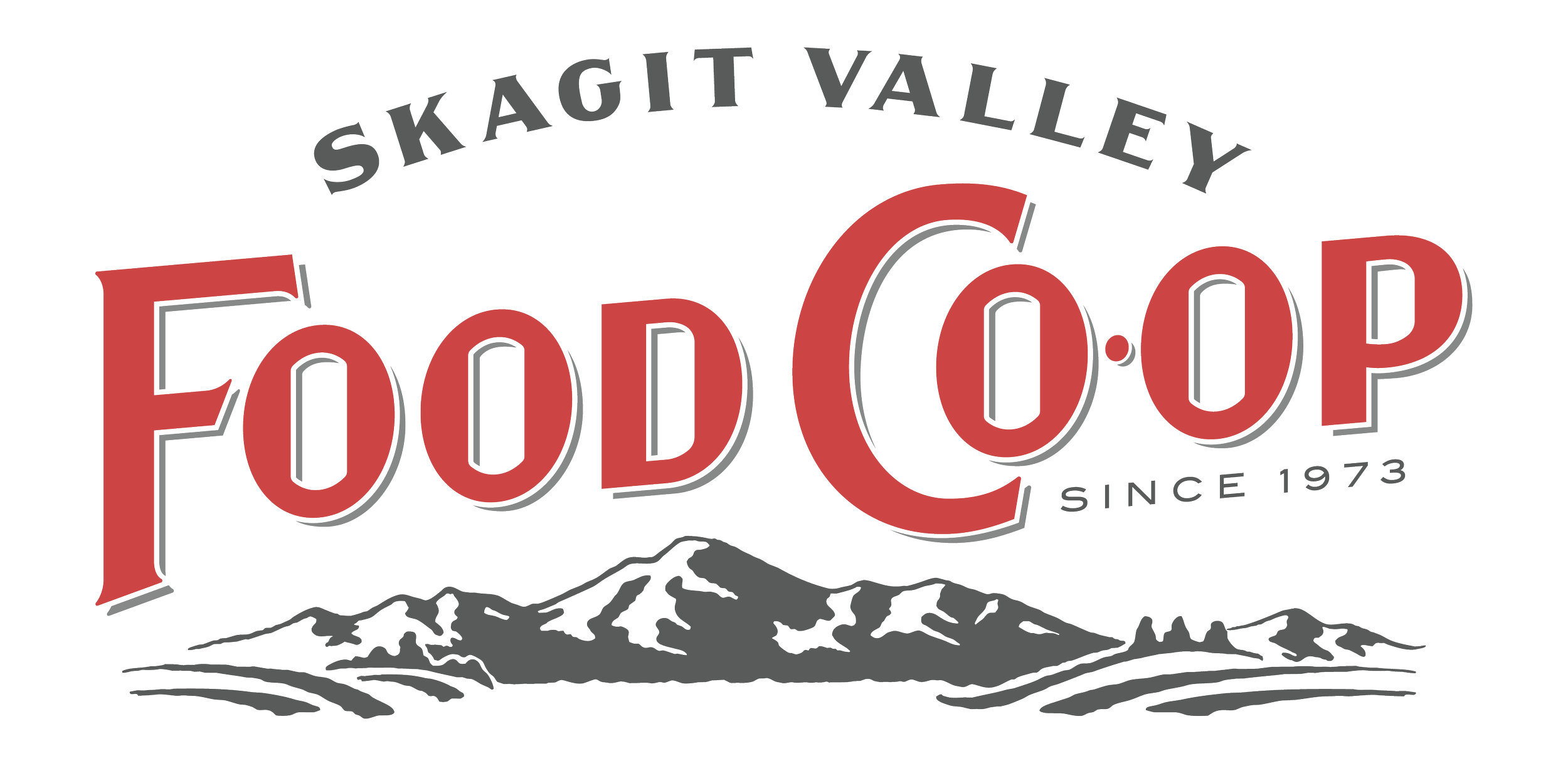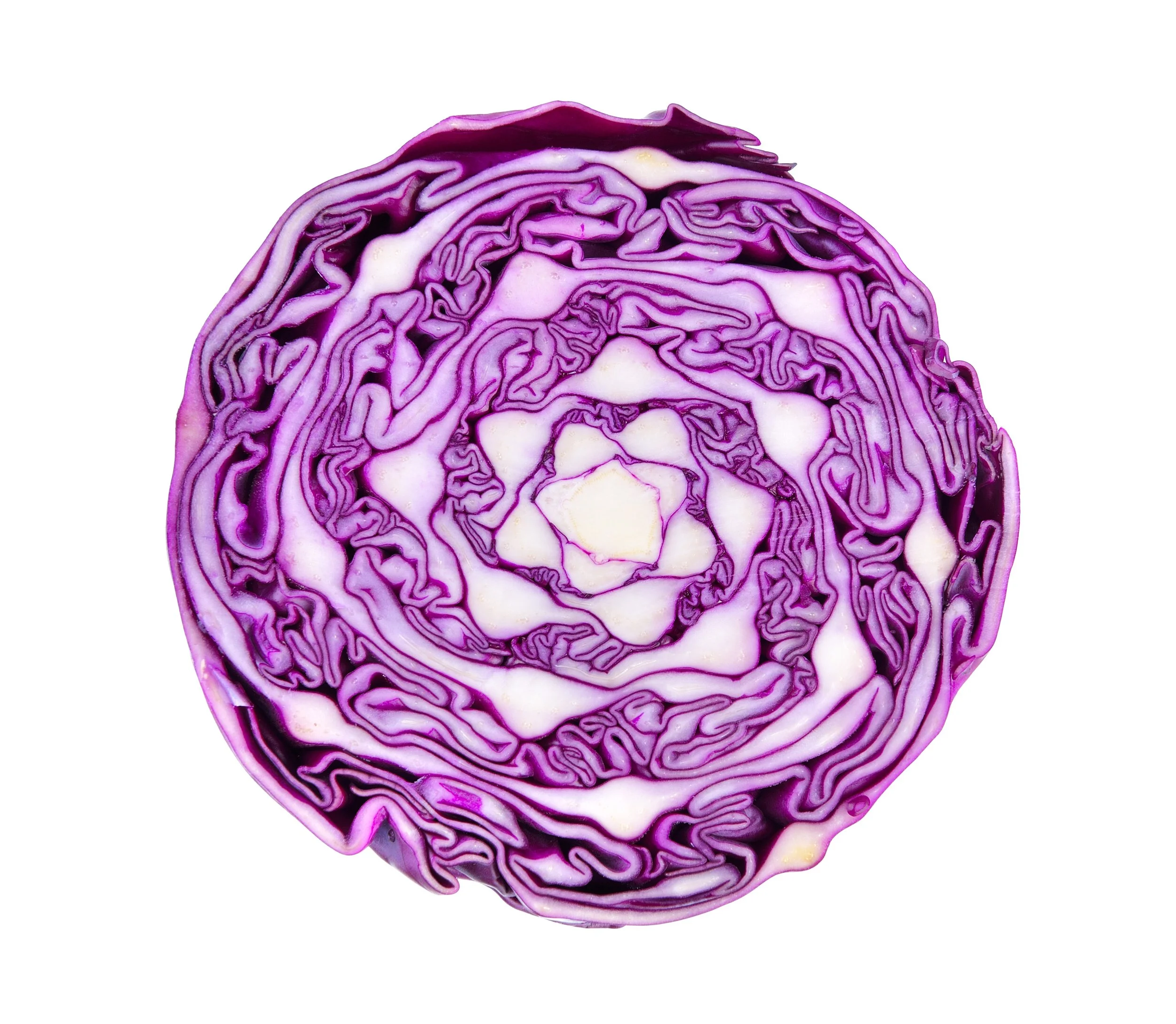The Poetry of Cabbage
by Sarah Stoner
No one writes poetry about cabbage.
Perhaps we should.
After all, what other food gets better and better each time you reheat it, but for cabbage, its several cultivars of Brassica oleracea? What other food stores well enough to last a long winter: potatoes, beans, turnip… cabbage.
Like most anything that is practical and useful, it is also considered lowly.
Cabbage is for peasants, not poems. “Cabbage eater” is slung about in Russian literature as a classist insult. The insult mocks centuries of poor who survived on cabbage soup. No king has ever crowed about cabbage at their royal table.
Maybe they should. Cabbage is a superfood dressed in plain clothes. It’s sturdily packed with vitamins and minerals, low in calories and high in fiber, inexpensive, and easy to find.
For sure, it’s no trendy hard-to-find "specialty food.” Cabbage is there when you need it.
I need cabbage when I’m facing down a too-beige dish with unsatisfying mouthfeel. Bright purple strands to the rescue for color and crunch. It’s an easy, fast fix that works. I need purple cabbage in a green salad, along with nuts or seeds, and dotting my tacos. Our bodies need its vitamin C and vitamin K, its comforting crunch, its color that changes with the pH of its birth soil.
Cabbage comes in a variety of colors—red, purple, white, or pale green. In acidic soils, its leaves grow more reddish; in neutral soils, they grow more purple, while alkaline soils produce more green-yellow cabbages.
Yet no one writes poetry about cabbage.
Have you clean-sliced a cabbage crosswise? Have you contemplated its spiral pattern that sings a geometry of seashells and fingerprints?
But it’s the taste, the taste. Raw, stir-fried, baked, braised, reheated. Deeply satisfying. Sweet-tart, soft-crunchy. I am clearly no poet when it comes to cabbage either—but I sure do have a few good recipes for you.
Have you had a rotkohl? I first ate and loved this German red cabbage comfort dish well before I learned of its name. Flavor appreciation can exist without words.
Perhaps in our collective wintry future, we will find… a soft lit candle at the table, a plate of warm braised cabbage, and a blank page—ready for all the poetry found in our plainest of days. May they be bright, sturdy, nurturing.
Wedges of Wisdom
Cabbage Patch Kids, a line of cloth dolls with plastic heads first produced in 1982, came with a birth certificate and adoption papers—and set every U.S. toy industry record for three years running. They were also ugly as sin. Who says North Americans can’t love an ugly vegetable!
Russians, followed by Belgians and Dutch, are the largest consumers per capita of cabbage
Skagit County supplies 25% of the world’s cabbage seed. That means when you’re eating sauerkraut in Germany or kimchi in Korea or a Reuben sandwich in New York City, there’s a one in four chance those seeds came from our valley.
Cabbage is sometimes slang for money.
Cabbages have grown around the world for thousands of years, and are the staple ingredient for : kimchi (Korea), sauerkraut (Germany), coleslaw (Dutch origin; widely known in the U.S.), bubble and squeak (U.K.), buttered (Irish), stir-fried (China), holubutsi (Ukraine), lahano salata (Greek), lou fassum stuffed (France), vepadu fritters (India), yamitsuki (Japan), kapusta soup (Poland), repollo guisado (Dominican)—and the list goes on!
U.S.-born Skagit writer and eater Sarah Stoner grew up in Uganda, Morocco, Belgium, and Thailand, and lived in her passport country for the first time at age 18. She wrote her first poem around the age of eight. sarahjstoner@hotmail.com

